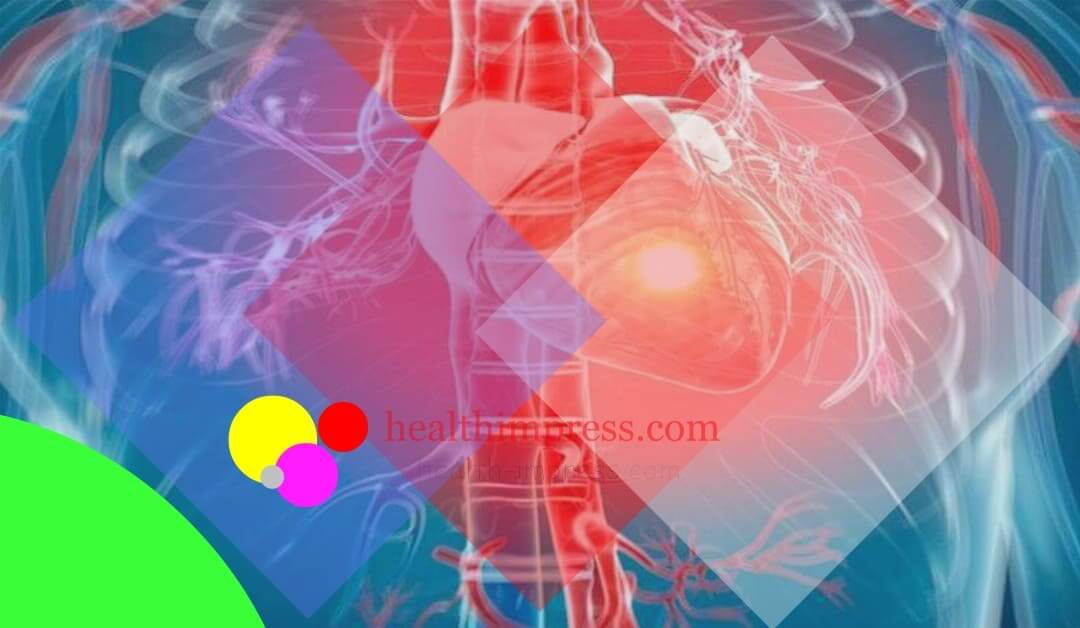General Health
Unknown Heart Attack. Can You Have and not Know?
We might believe that the consequences of a heart attack are so severe that they are impossible to ignore. That isn’t always the case though. There is what I term unknown heart attack.
The standard description of a heart attack is that it feels like a heavyweight is pressing down on your chest, accompanied by an overwhelming sense of fear. People clutch their chests, exhibit panic in their eyes, and finally, collapse to the ground in movies. And it can happen in an instant. However, this is not always the case, there is what we call an unknown heart attack.
Heart attacks happen when the heart’s blood supply is cut off, generally by a blood clot. Regardless of what’s going on within the body, some people don’t feel any chest pain at all, which means they put off seeking treatment. Many people mistake silent heart attack or moderate chest pain for indigestion, only to find out later that they’ve had a heart attack after an electrocardiogram in the hospital reveals damage to the heart. This is sometimes referred to as a silent heart attack. According to a 2016 study, this could occur in up to 45 percent of heart attacks.
The data for this study began in the late 1990s, and although heart attack diagnosis has improved since then, the figure would probably not be as high today, there are still some people who have no idea they are having a heart attack. There are some patients who were aware of their illness but had no idea why. They experience discomfort in their jaw, neck, limbs, stomach, or back, as well as shortness of breath, weakness, or dizziness. They may perspire or vomit. A diagnosis is made based on the combination of symptoms rather than the intensity of chest pain.
Unknown heart attack incidence in women
It’s commonly assumed that heart attacks (unknown heart attack) without chest discomfort are more common in women, causing women to delay seeking medical treatment and lowering their chances of survival. In order to see if this is true, researchers in Canada set out in 2009 to rigorously quantify the symptoms of a heart attack by studying 305 individuals who had angioplasty, by inflating a small balloon inside a clogged blood vessel. Because the process can briefly mimic the symptoms of a heart attack, patients were asked to describe what they felt as the balloons were inflated.
What is angioplasty?
…it’s a procedure used to open clogged heart arteries.
In the research, they observed no differences in chest discomfort, arm pain, shortness of breath, sweating, or nausea between men and women, although women were more likely to suffer neck and jaw pain in addition to chest pain.
Women are more prone than males to experience chest pain and to experience symptoms such as fatigue, nausea, dizziness, or fainting.
Other studies’ conclusions have been mixed, with some claiming that men and women are equally prone to experience chest pain and others claiming that it is more common in men.
Researchers can sometimes muddle the problem by reporting other diagnoses alongside heart attacks in the same study. So, in 2011, a study was done with the sole purpose of determining whether men and women have different symptoms. There were studies from the United States, Japan, Sweden, Germany, the United Kingdom, and Canada, with the largest involving over 900,000 participants.
The data were merged and re-analyzed from the best 26 of these trials. They found that women are less likely than males to complain of chest discomfort and are more likely to complain of exhaustion, nausea, dizziness, or fainting, as well as pain in their neck, jaw, or arms.
The majority of people in both sexes reported chest discomfort, but a third of women and nearly a quarter of men suffered heart attacks without any symptoms in their chest, making it difficult for them to comprehend what’s going on. You’re less likely to seek help if you don’t know how bad your symptoms are.
In a new study aimed to learn more about people’s mental processes when making potentially life-or-death decisions like going to the doctor, some people wait for 2 to 6 hours before doing so.
- In-depth interviews with a small group of women who had heart attacks found that half of them were aware that something was amiss and sought care right after.
- Three of them had vague symptoms that started off mildly but progressed to the point where they needed to see a doctor.
- The other patients, on the other hand, had no notion their symptoms were related to their heart and chose to wait and see.
So the lesson is that crushing chest pain is very serious and could suggest a heart attack, but a collection of other symptoms could also indicate a heart attack, so we must evaluate the potential of a heart attack even if it doesn’t appear to be as dramatic as in the movies.
Conclusion
From the above, we have realized that one can have an unknown heart attack and not know it. The onus, therefore, rests on us to seek medical attention whenever any of the symptoms discussed above is experienced.
Take care!
Sources:
- Heart Disease and Stroke Statistics—2016 Update
- A Qualitative Study of Symptom Experiences of Women With Acute Coronary Syndrome
- Sex differences in symptom presentation in acute myocardial infarction: a systematic review and meta-analysis
- Myocardial infarction symptom recognition by the lay public: the role of gender and ethnicity


